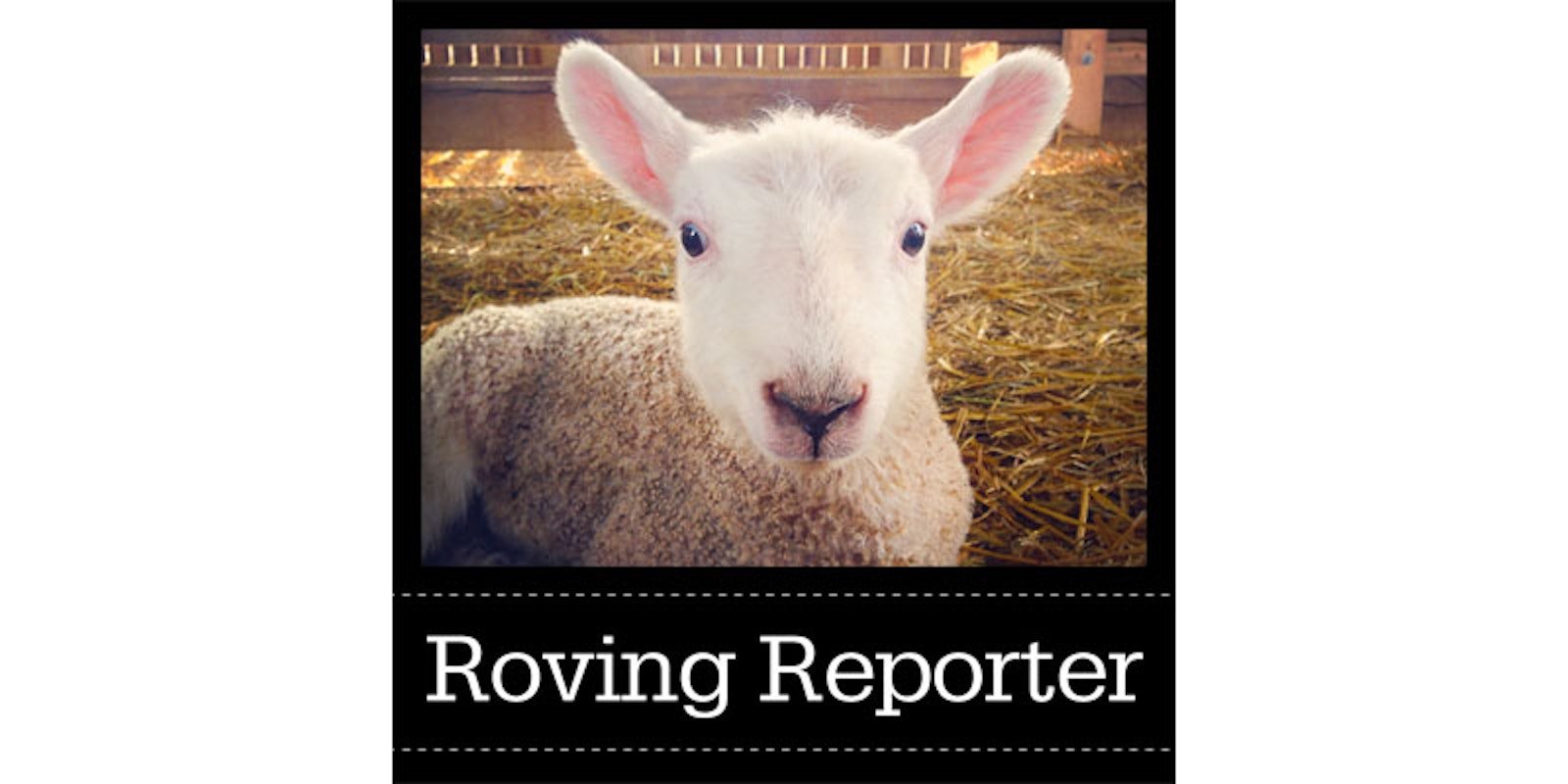Several summers ago, I boarded a small plane in Edinburgh, Scotland, bound for the Shetland Isles. I will never forget the sudden joy of seeing Shetland’s patchwork of stone and vibrant green as the plane suddenly emerged from the low clouds. I found Shetland as I had hoped: an intoxicating mix of peat-laden breezes, sunny pastures, kind folk, and sheep who ruminate whilst watching the sea.

The Shetland Isles. Photo by Kate Larson.
My spinning friends and I spent a fortnight chatting with local spinners and knitters and, of course, buying wool in every form we could find. We made an almost daily stop by the Woolbrokers on Lerwick’s North Road, known more widely as Jamieson and Smith. Oliver Henry, “top wool man” at the Woolbrokers, gave us a tour of the (raw) wool store where the fleeces that go into the company’s yarns and spinning fibers are organized and sorted.Oliver Henry on fleece handling: “Shetland fleece is rolled with the staple (point) out. The reason for this is that with Shetland wool, the quality of a fleece can vary.” Photo by Kate Larson.
Jamieson and Smith works with local farmers and has helped to develop markets for Shetland wool. I love spinning and knitting with these fibers and thinking about the hardy little sheep that wander over rocks and heather, through Shetland’s rainy and sunny days.
On one of my trips to the Woolbroker’s, I purchased a kit of five natural color combed tops. I was smitten with my small bag of sheepy happiness. After returning home, I finally decided to use the kit to make a Fair Isle hat. Most people associate traditional Shetland yarns with fuzzy, woolen-spun yarns. However, the Shetland Museum and the Shetland Textile Museum have knitted pieces in their collections that are made using yarns spun woolen, worsted, and a mixture of techniques. Shetland combed tops spin easily with a worsted drafting style, where no twist comes into the drafting zone between your hands. These smooth, 2-ply yarns knit into firm, yet supple color-stranded fabric as well as delicate knitted lace.
Happy spinners in Lerwick, Shetland. From left: Kathy Peoples, Deb Totten, and Kate Larson.
The hat I designed after my wonderful journey to Shetland is now on the cover of the new issue of Spin + Knit! I hope you enjoy spinning and knitting it as much as I did.
—Kate Larson



